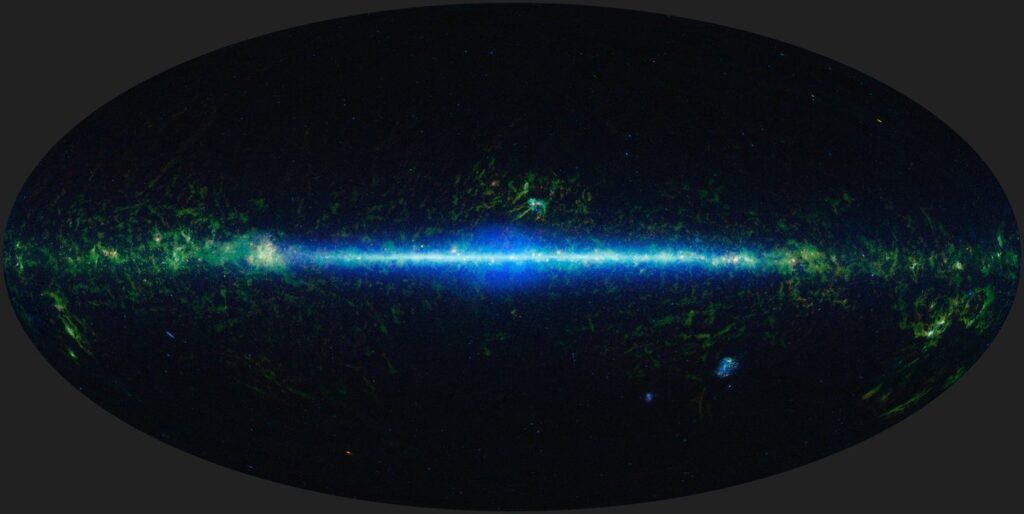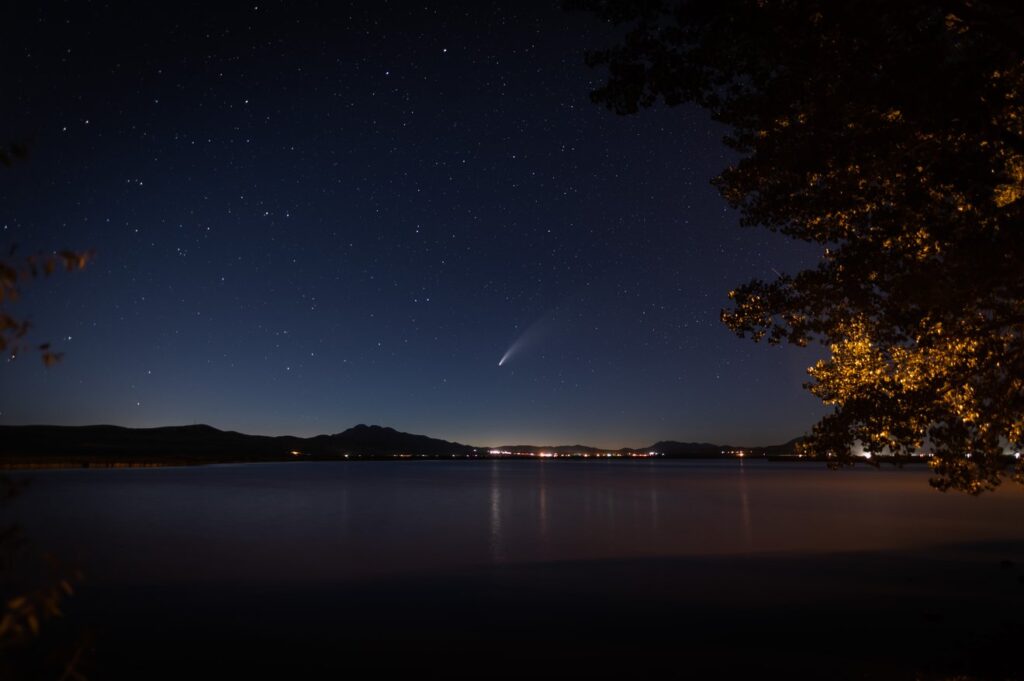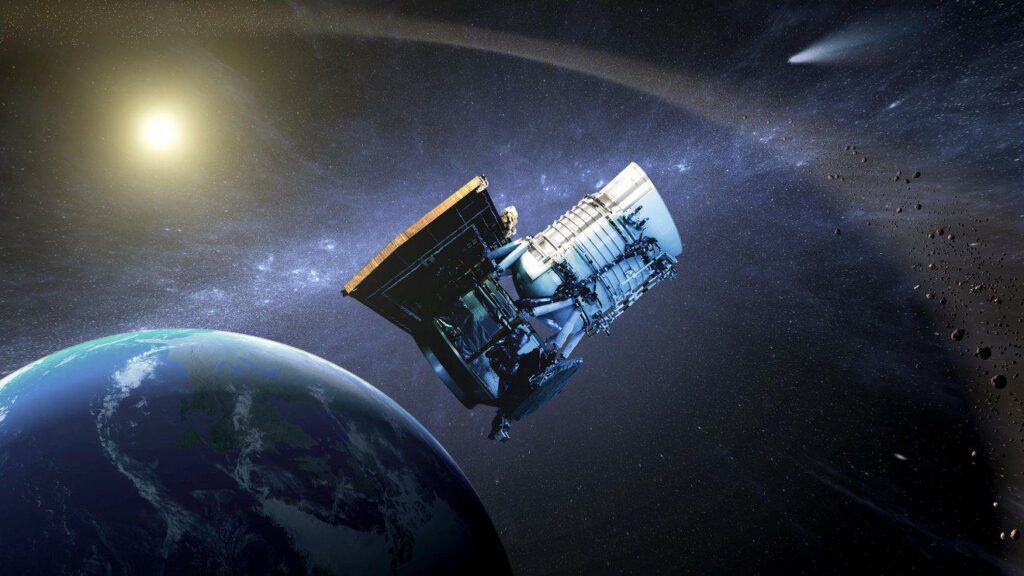NASA is preparing to end the NEOWISE infrared telescope mission. It will cease observations on July 31, 2024.
Black hole and asteroid hunter
Originally, the NEOWISE telescope was named WISE (Wide-field Infrared Survey Explorer). It was launched in 2009 to compile an infrared view of the entire sky. The data collected by the telescope were further used by astronomers to search for such objects as ultra-bright infrared galaxies, regions of active star formation, brown dwarfs, circumstellar disks, etc.

During the first phase of its mission, WISE discovered tens of millions of active supermassive black holes. In addition, the telescope managed to find 34,000 previously unknown asteroids, including the first known terrestrial Trojan asteroid. Moreover, the mission took a census of dark, faint near-Earth objects with difficult detection by ground-based telescopes and showed that they make up a significant fraction of the population of near-Earth objects.
By the end of 2010, WISE had exhausted the refrigerant needed to cool its instruments and was unable to continue its primary mission, after which it was put into hibernation. After a while, NASA specialists found a way to continue using the telescope without refrigerant. It was decided to use to track near-Earth bodies that generate a strong infrared signal due to heating by the Sun. The main emphasis was placed on the search for objects that could pose a threat to our planet. Together with the new mission, the telescope received a new name — NEOWISE.

Over the next ten years, NEOWISE scanned the sky a total of twenty times, taking more than 1.4 million infrared images. The telescope observed 44,000 objects in the Solar System. They included 3 thousand near-Earth asteroids, 215 of which were previously unknown to astronomers. In addition, WISE discovered 25 comets, including the famous C/2020 F3 (NEOWISE), which graced Earth’s sky in the summer of 2020. The telescope also participated in observations of the asteroid Dinkinesh, which was recently visited by the Lucy mission.
Completion of the NEOWISE mission
According to the scientists, NEOWISE far exceeded expectations and collected a huge amount of data that would be analyzed for years to come. Unfortunately, although the telescope remains operational and can continue observing, its days are numbered.

It’s all about the increase in solar activity. It has caused the Earth’s atmosphere to “inflate”. The NEOWISE telescope has no engines, so it cannot resist the “braking” effect. As recently as late last year, it was orbiting at an altitude of 480 kilometers. Now its altitude has dropped below 380 kilometers. By the end of 2024, NEOWISE will enter dense atmospheres and burn up — and NASA has no way to change anything.
Therefore, the Aerospace Administration is preparing to say goodbye to the telescope. On July 31, NEOWISE will end its observations. Then on August 8, mission controllers at JPL will send a command that will put NEOWISE into hibernation for the last time.
The mass of the vehicle is 600 kg, so some of its debris will be able to reach the Earth’s surface. Since there’s no way NASA can control its descent from orbit, the Aerospace Administration can only hope they don’t fall in a residential area — because if they do, it could easily get another lawsuit.
According to NASA


